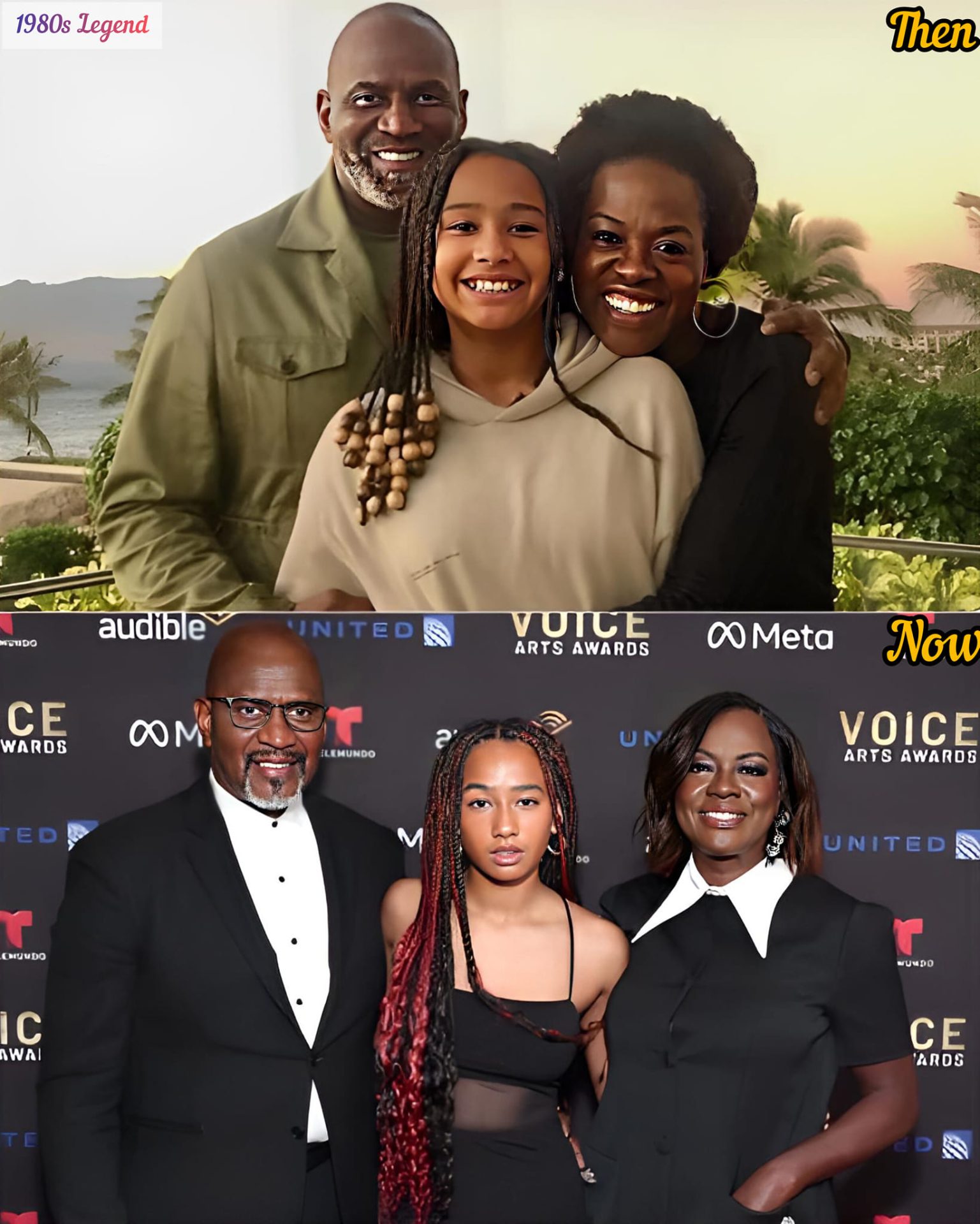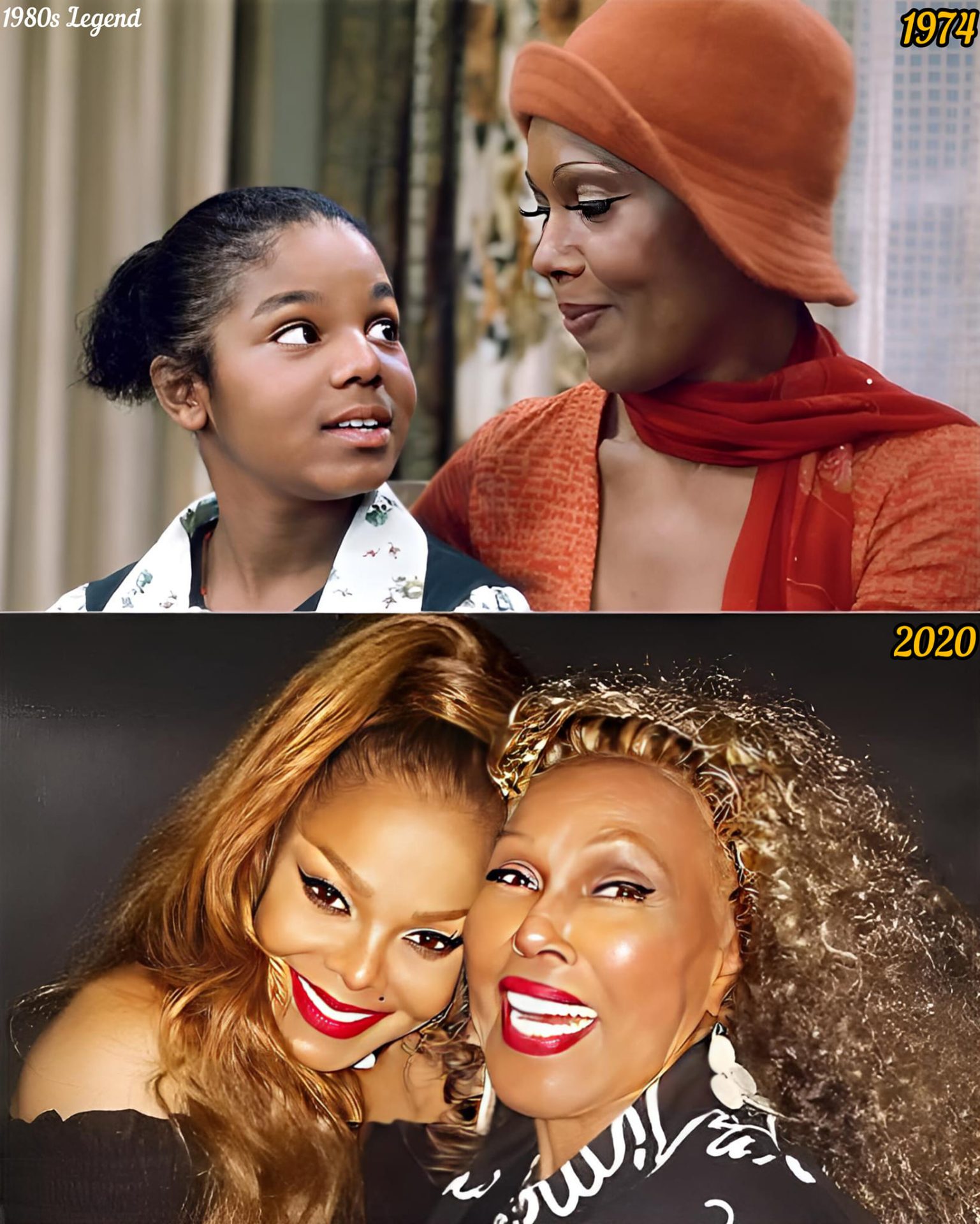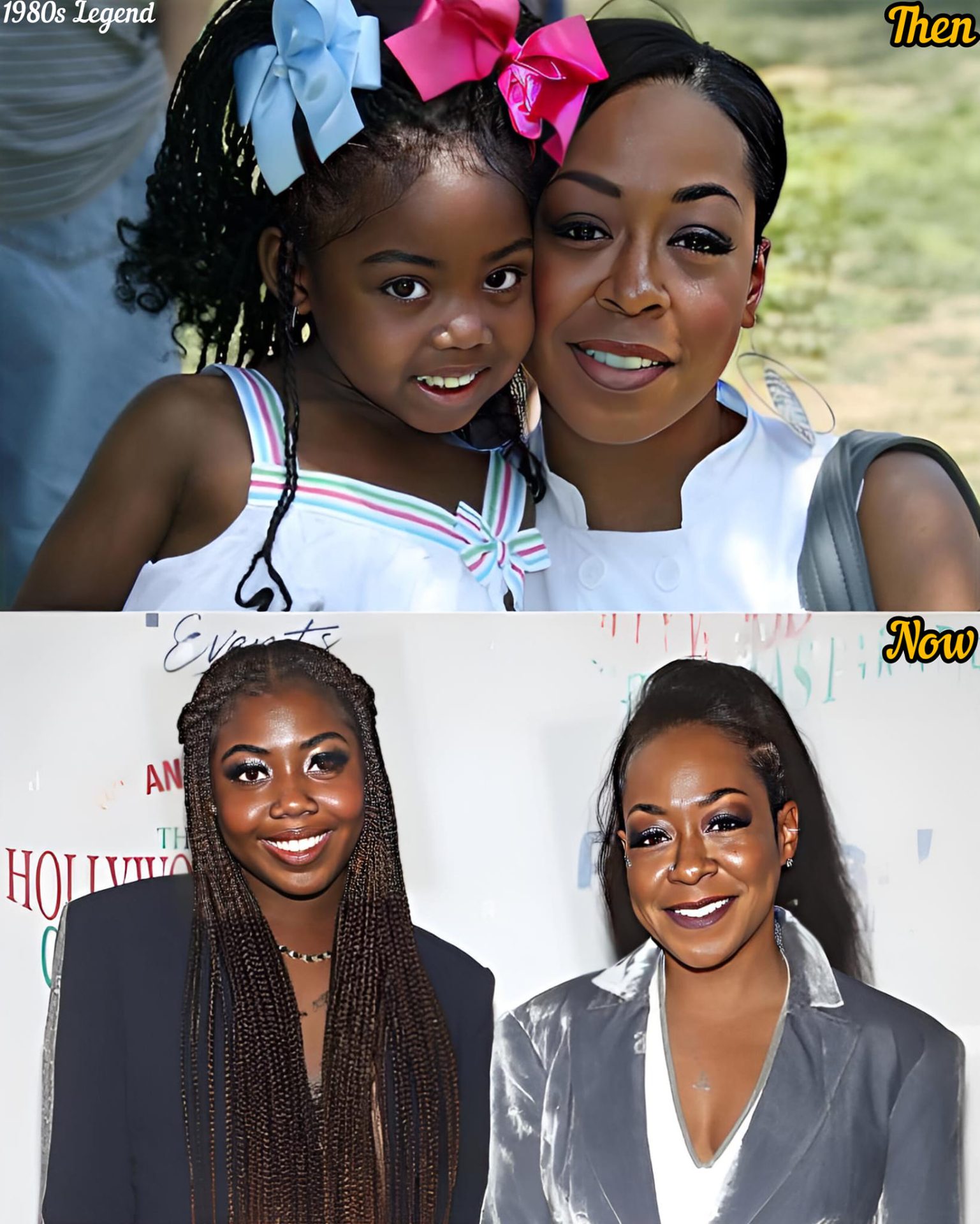Gwendolyn Brooks, a Pulitzer Prize-winning poet, professor, and public servant, left an indelible mark on the reading public and subsequent generations of writers. Understanding Brooks and her poetry requires exploring her Chicago heritage and abiding love for her community.

Childhood and Education
Gwendolyn Elizabeth Brooks was 𝐛𝐨𝐫𝐧 June 7, 1917 in Topeka, Kansas to David Anderson Brooks and Keziah Wims Brooks. Six weeks later, her family moved to Chicago’s Bronzeville neighborhood, a South Side community burgeoning with an influx of newcomers from the Great Migration. Nicknamed the “Black Metropolis,” Bronzeville—with its vibrant cultural milieu—proved a fertile environment for a budding poet: Fellow Black poet and Chicagoan Angela Jackson describes Bronzeville’s residents as resilient in the face of economic challenges and “industrious and dignified, creative in music, language, dance, and style. They were the salt of the earth and birds who managed to fly with cramped wings.”
Both of Brooks’ parents had unrealized vocational ambitions—her father David, a janitor, aspired to practice medicine and her mother Keziah, a schoolteacher, to become a concert pianist. Their longstanding passion for education and creativity influenced Brooks’ upbringing: After dinner, David would entertain Gwendolyn and her younger brother Raymond with singing, reading poetry aloud, and recounting the escapades of his father Lucas, a runaway slave. He also ensured his house was brimming with books, instilling in Brooks a love for reading late into the night. Keziah also cultivated her daughter’s fledging artistic aptitude with performing songs, playing piano, and—most importantly—providing unflinching confidence in her daughter’s capabilities. When Brooks was seven, her mother found her scrawling an entire page of verses and remarked, “You’re going to be the lady Paul Laurence Dunbar!” To Brooks, because her mother said it, it was unequivocally true, a certainty that prompted her to continue writing. By age eleven, she was composing at least one poem per day.
Brooks’ mother assumed the brunt of the housework so the future poet could enjoy the time to write, with the goal of eliminating every obstacle to her daughter’s creative development. Her mother sought to provide her with every means of exhibiting her work, even encouraging her to write plays for various church programs. Brooks thrived in this world, publishing four poems in a local newspaper at eleven and one in a national magazine at thirteen. At her mother’s prompting, she even shared poetry with established poets Langston Hughes (who would later become her friend) and James Weldon Johnson, both of whom replied with genuine admiration, encouragement, and advice. By sixteen, she had published over seventy-five poems and became a regular contributor to the Chicago Defender, a local Bronzeville newspaper.
Brooks’ high school experience was solitary due to a confluence of factors—her shy disposition, the struggles of transitioning between three different high schools, and social ostracization. She felt judgment from the wealthier students for her poverty, from the poorer students for her dearth of “sass and brass,” and from everyone for being Black with a darker complexion and “the bad hair.” Her social isolation fueled her retreat into reading and writing. Certain about her vocation as a writer, she opted not to pursue a four-year degree, instead attending Wilson Junior College for two years.
Marriage and Early Career
After graduating from college in 1936, Brooks struggled to find employment amid the Great Depression, cobbling together freelance writing gigs and secretarial work for a spiritual advisor to sustain herself and contribute to her family’s income. Her collegiate involvement with the NAACP’s Youth Council ultimately translated into a position as publicity director. The Youth Council—a constellation of young Black intellectuals devoted to creative pursuits, vigorous discourse, and political activism—not only provided Brooks with likeminded community, but also introduced her to Henry Blakely Jr., her future husband and a poet himself. At twenty-one, Brooks encountered the bespectacled Henry standing somberly in the YWCA doorway, turned to her friend Margaret Gross, and remarked, “There is the man I am going to marry.” A year later, Brooks’ prediction materialized—she married Henry in 1939, and they had two 𝘤𝘩𝘪𝘭𝘥ren, Henry Blakely III in 1940 and Nora in 1951. The early years of marriage provided ample poetic material for Brooks, from their austere kitchenette building to their apartment on Sixty-Third, the vistas of which prompted Brooks to recall in her autobiography, “If you wanted a poem, you had only to look out a window.”
Brooks and Henry’s mutual passion for poetry placed them in the midst of Bronzeville’s literary circles, including the South Side Writers Group, founded by Richard Wright before he published his incandescent protest novel Native Son. A pivotal moment for Brooks’ career occurred in 1941, when socialite Inez Cunningham Stark—a reader for Poetry magazine—collaborated with the NAACP to facilitate weekly poetry workshops where members studied the technical dimensions of the craft, evaluated the work of established poets, and critiqued each other’s creations. Stark encouraged Brooks to submit poems to the Midwestern Writers Conference at Northwestern University. Brooks proceeded to win the conference prize in three consecutive years—1943, 1944, and 1945.
These regional accolades helped launch her national reputation. After Brooks received her initial award, an editor for Knopf solicited a series of poems for a potential book. Delighted, Brooks replied with a thematic medley of poems on every subject from love to war to nature to prejudice. However, Knopf rejected the manuscript. The editors recommended Brooks compose an entire collection of poems that captured her Bronzeville experience. Brooks wrote nineteen more poems that focused on the Black experience but, reluctant to return to Knopf after the rejection, instead approached Harper and Brothers, Richard Wright’s publisher. Brooks rapidly completed the remaining poems to finish her manuscript, which became her first published volume of poetry—A Street in Bronzeville. The critical reception was effusively positive, and A Street in Bronzeville catapulted Brooks into the national limelight, garnering her Guggenheim Fellowships in 1946 and 1947.
Subsequent Works
Brooks parlayed her literary popularity into work as a reviewer, publishing in the Chicago Daily News, the Chicago Sun Times, Negro Digest, the New York Times, and the New York Herald Tribune. In 1949, Brooks published her second poetry collection, Annie Allen, which showcased her deep knowledge of the classics through the book’s centerpiece, “The Anniad,” a transmutation of Homer’s Iliad. Critics hailed Annie Allen as a technical masterpiece, and, one year later, it won the Pulitzer Prize, making Brooks the first Black writer to receive a Pulitzer for any category. This monumental event precipitated a whirlwind of speaking and writing engagements—Brooks juggled the arrival of daughter Nora with participating in poetry readings, attending literary festivals, judging literary competitions, and refining her first novel, a semiautobiographical series of vignettes portraying the experience of growing up as a Black girl in Chicago that would be published in 1953 as Maud Martha.
The 1950s were embroiled in political and racial turmoil—the lynching of Emmett Till, Rosa Parks’ refusal to relinquish her seat on a segregated bus, the burgeoning Civil Rights movement, and anti-Black violence including the mob which raged against the Little Rock Nine. In her third poetry collection, The Bean Eaters (1960), Brooks grappled with these events in grittier, starker language than in her previous work. “We Real Cool,” arguably Brooks’ most famous poem, exposes the structural alienation of Black men—a “protest poem” celebrating Black culture and protesting the regular injustices Black men faced. “A Bronzeville Mother Loiters in Mississippi, Meanwhile, A Mississippi Woman Burns Bacon” explores the white woman who falsely accused Emmett Till, while “The Last Quatrain of the Ballad of Emmett Till,” provides a terse sketch of Till’s grieving mother. “The Ballad of Rudolph Reed” depicts a man murdered for defending his family from the violence of their white neighbors. Brooks’ overt engagement with politics increased as the Civil Rights movement grew. Many scholars credit the Fisk writers’ conference of 1967 as the catalyst for Brooks’ transformation—where Black writers faced head on the suffering and harm inflicted on the American Black community. Brooks characterized this as an “awakening,” and her future poetry took on a new vibrance, power, and stylistic leanness, though maintaining continuity with impulses present from earliest works. Both were manifest in her next poetry collection In the Mecca (1968). In the Mecca received a nomination for the 1969 National Book Award and Brooks succeeded Carl Sandburg as poet laureate of Illinois.
Later Career
In the 1960s, Brooks began to teach. After Roosevelt University declined to hire her because she lacked a college degree, Brooks secured teaching opportunities at Chicago’s Columbia College, Elmhurst College, and Northeastern Illinois State College, where she taught creative writing, poetry, and fiction and later served as Rennebohm Professor of English at the University of Wisconsin-Madison and Distinguished Professor of the Arts at City College of New York. Her students fondly recalled her innovative, engaging pedagogy—Brooks enlivened her lectures with debates, panel discussions, reenactments, music on record, and peer criticism. She asked of her students that same rigor she expected of herself—students wrote twenty poems per semester and studied forms from Shakespearean sonnets to Japanese haikus to Beat poetry. Brooks took her writing expertise to the broader community as she facilitated poetry workshops, writing competitions, and theater projects in schools on the West and South sides of Chicago, driven by her faith in the socially transformative power of poetry. She retired from all teaching after suffering a mild heart attack in December 1971.
Committed to strengthening nascent Black publishers, Brooks partnered with Broadside Press and her close friend Haki Madhubuti’s Third World Press to release the poetry collections Riot (1969), Family Pictures (1970), Aloneness (1971), Aurora (1972), Beckonings (1975), To Disembark (1975), and Winnie (1988) and her autobiography, Report from Part One (1972) and Report from Part Two (1996). In these works, Brooks maintained her distinctive style of exploring themes of racial justice through vignettes—Winnie, for instance, focuses on antiapartheid activist Winnie Mandela, Nelson Mandela’s second wife. She continued to accumulate myriad accolades—over seventy honorary doctorates, numerous tributes, and a swath of prestigious positions, inductions, and appointments, among them the eminent position of poetry consultant at the Library of Congress in 1985. Reflecting on her vision in poetry writing, Brooks reflected: “‘Vivify the contemporary fact,’ said Whitman. I like to vivify the universal fact, when it occurs to me. But the universal wears contemporary clothing very well.”
Gwendolyn Brooks died on December 4, 2000 at 83, pen in hand, surrounded by her loved ones. Her legacy continues through her poetic depictions of so-called ordinary people, which awaken, inspire, and instill hope in her readers, prompting a new generation to take up their own pens and write.





